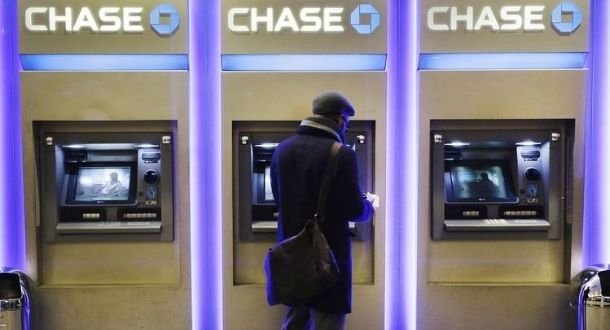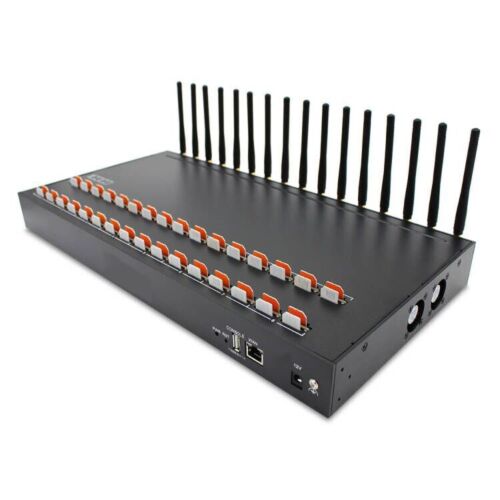To face the increasing attacks on hundreds of ATMs, many of the major banks in the United States began implementing security camera software capable of monitoring workers, customers, and others prowling these machines to prevent potential security incidents.
Cybersecurity experts believe that these artificial intelligence tools will experience widespread deployment and their regulation could represent an important step in banking institutions’ security measures. In this regard, the director of computer security at City National Bobby Dominguez states that this implementation arose from the facial recognition technology used by some current smartphones.
City National will begin implementing some facial recognition mechanisms in the coming months in order to identify customers and employees in its branches, which they believe would replace old user authentication measures with more efficient methods, as well as identify potential criminals using law enforcement agencies’ databases.
On the other hand, JPMorgan also confirmed that it will be implementing similar evidence at some Ohio branches in order to prevent fraudulent activity, although no further details were confirmed.

Is this a privacy issue?
Although bankers see this technology as the future in preventing fraud and attacking ATMs, many civil liberties activists have already expressed concern, as wrong implementation of this technology could have unpleasant consequences for legitimate users, as well as accentuating problems such as discrimination against some minorities.
This is not a new problem and there is even legislation on this. The Oregon government, for example, prohibits companies from using facial recognition technology in public spaces, considering this practice to be a violation of some fundamental rights.
In this regard, Dominguez says that the institution it represents will properly implement this technology: “Our intention has never been to compromise the privacy of our customers or employees; we want to apply this technology that is already used in many parts of the world in the best possible way to provide an ideal experience.”
JPMorgan began evaluating the possible use of facial recognition in 2019, using software designed for the analysis of file images taken by security systems at some of its branches. Testing facial recognition to identify customers when they enter a branch, with prior consent and in order to improve their experience is also a possibility.
Security in banks continues to advance, so it would not be strange if in the near future the major banking institutions implemented these mechanisms in order to prevent losses due to cybercriminal activity.
To learn more about information security risks, malware variants, vulnerabilities and information technologies, feel free to access the International Institute of Cyber Security (IICS) websites.

He is a well-known expert in mobile security and malware analysis. He studied Computer Science at NYU and started working as a cyber security analyst in 2003. He is actively working as an anti-malware expert. He also worked for security companies like Kaspersky Lab. His everyday job includes researching about new malware and cyber security incidents. Also he has deep level of knowledge in mobile security and mobile vulnerabilities.










